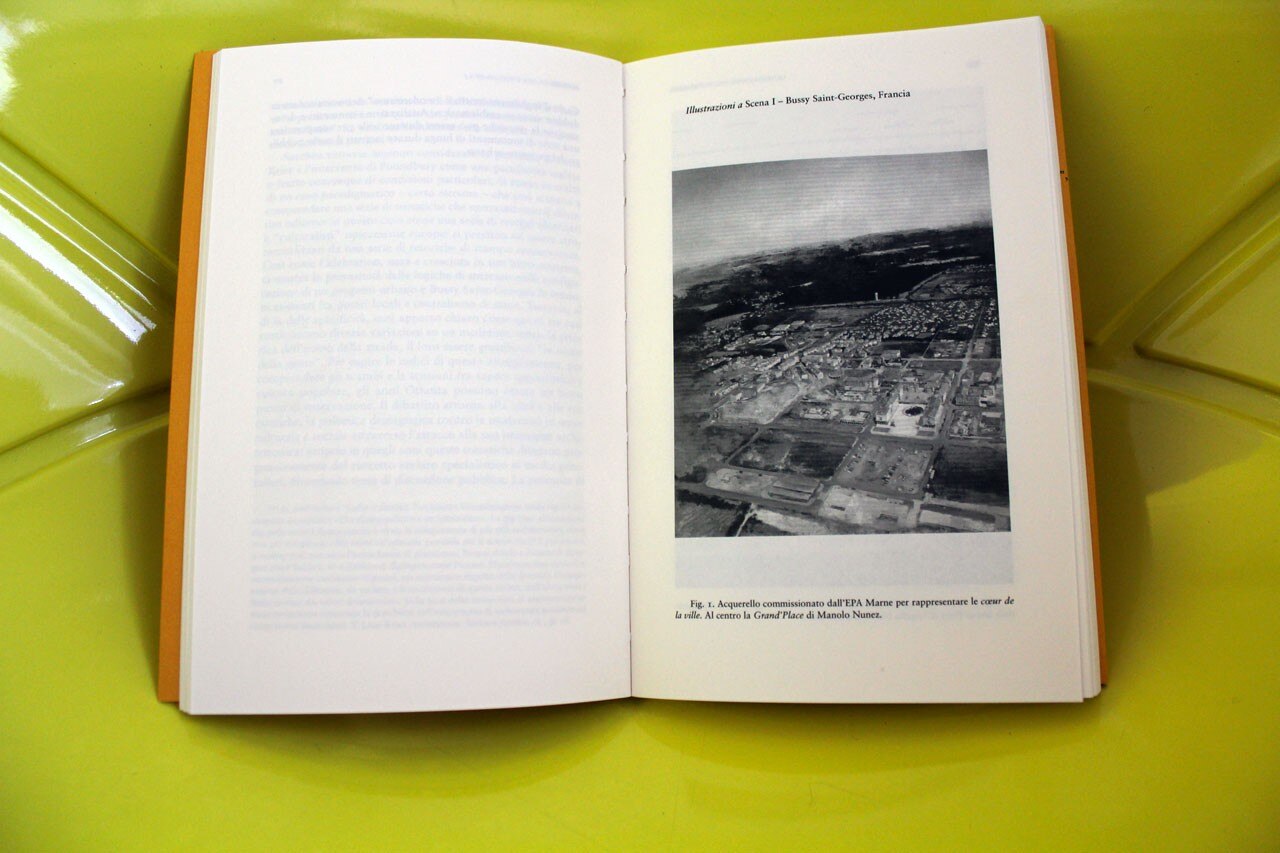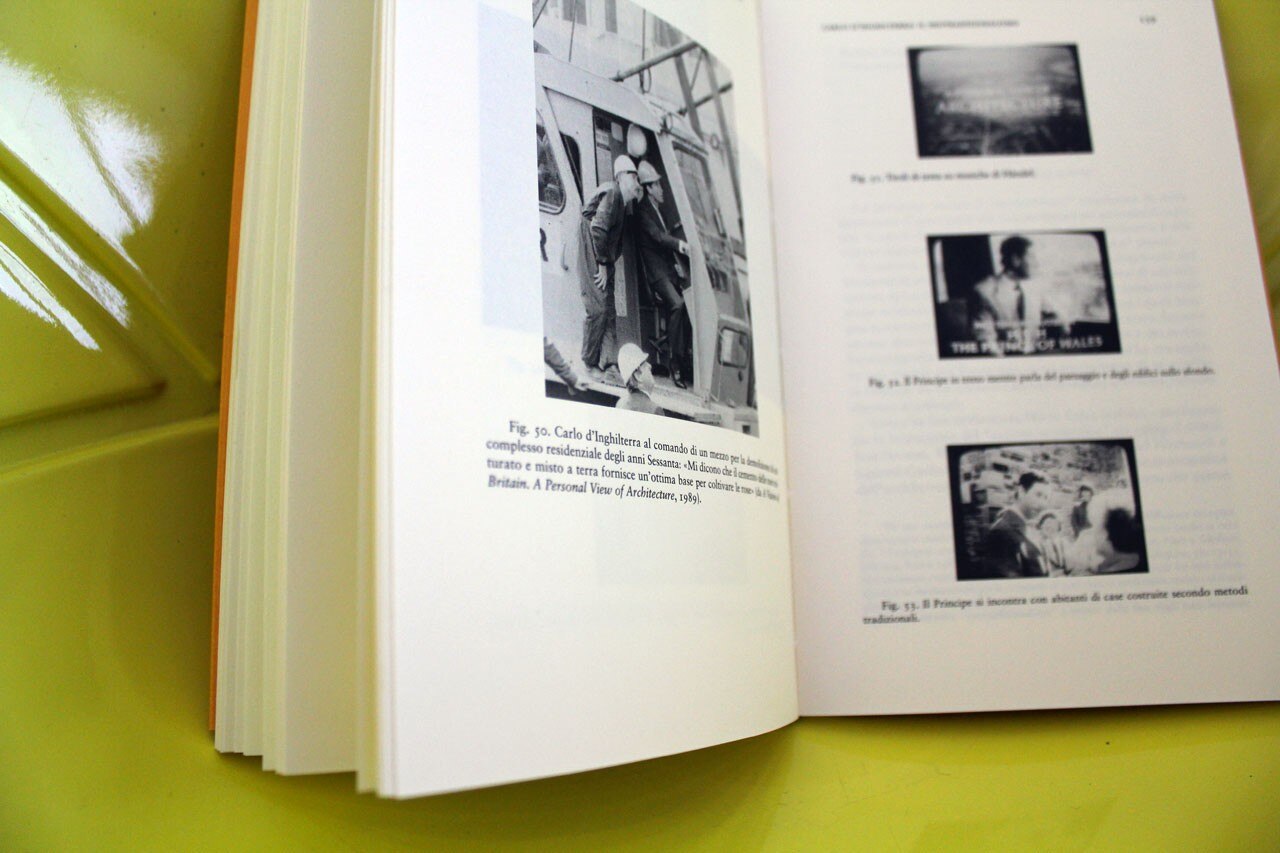A cultural and institutional nostalgia for the postmodern (as evidenced by the Victoria and Albert Museum’s 2011 show “Style and Subversion”, Centre Pompidou’s 2012 show on the Tendenza, etc.) has highlighted a newly constituted analytical discourse of and around the architecture and urbanism of the 1960s and 1970s which has emerged over the past 10 years, as scholars, curators, critics and theorists, have begun to tackle the recent past. In a very timely manner, the publication of La seduzione populista: dalla città per tutti alla città normalizzata, a recent book by Federico Ferrari, a young Italian scholar, is an inquiry of the term “populism”, which, together with its antonym “elitism” constituted one of the primary binary oppositions of postmodernism.
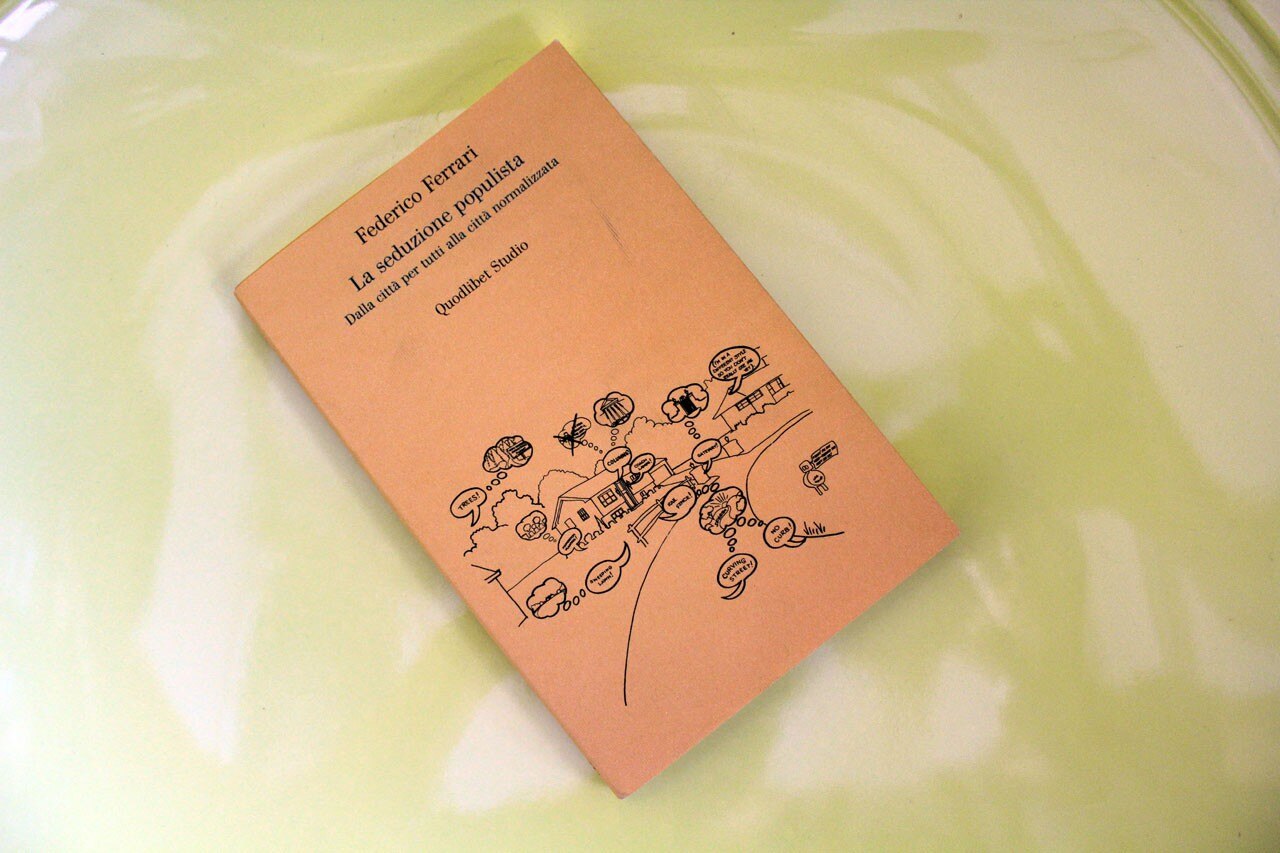
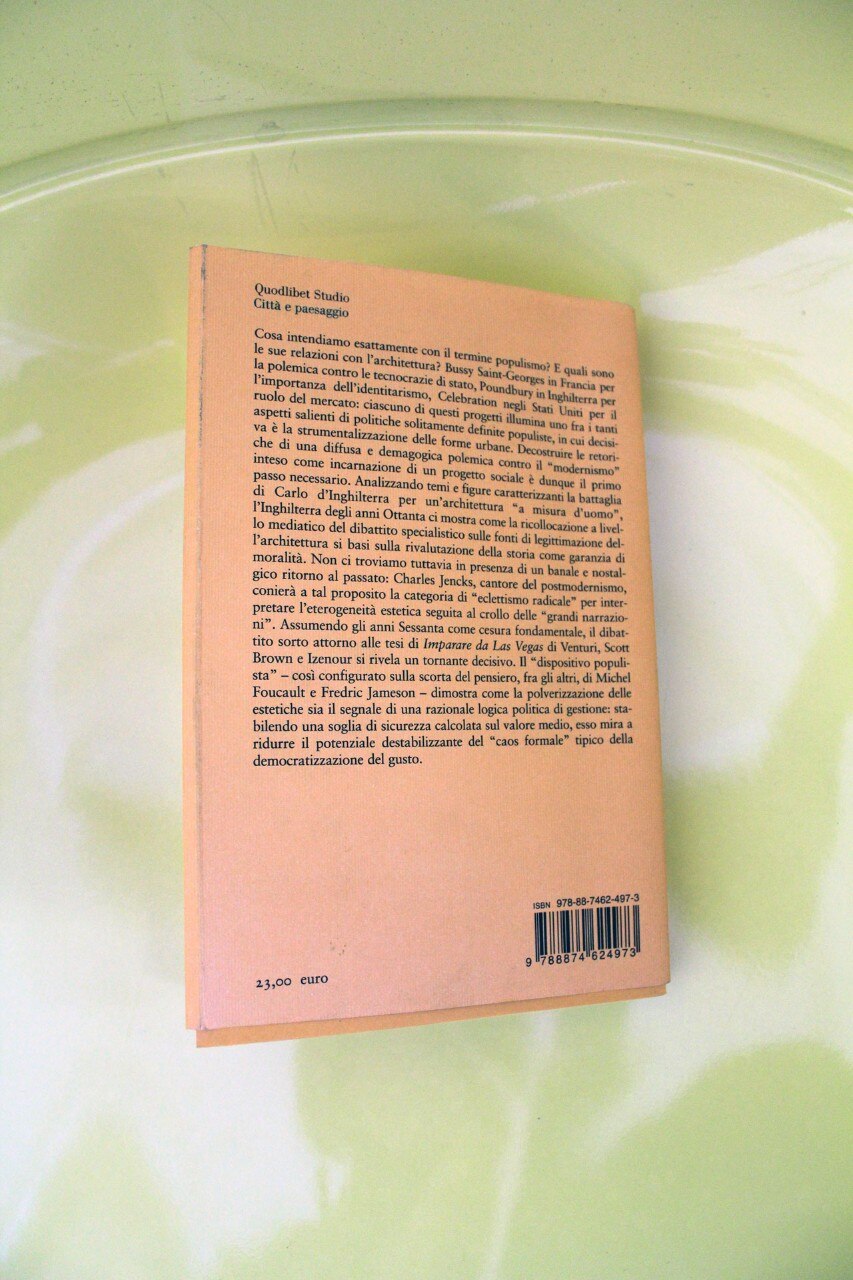
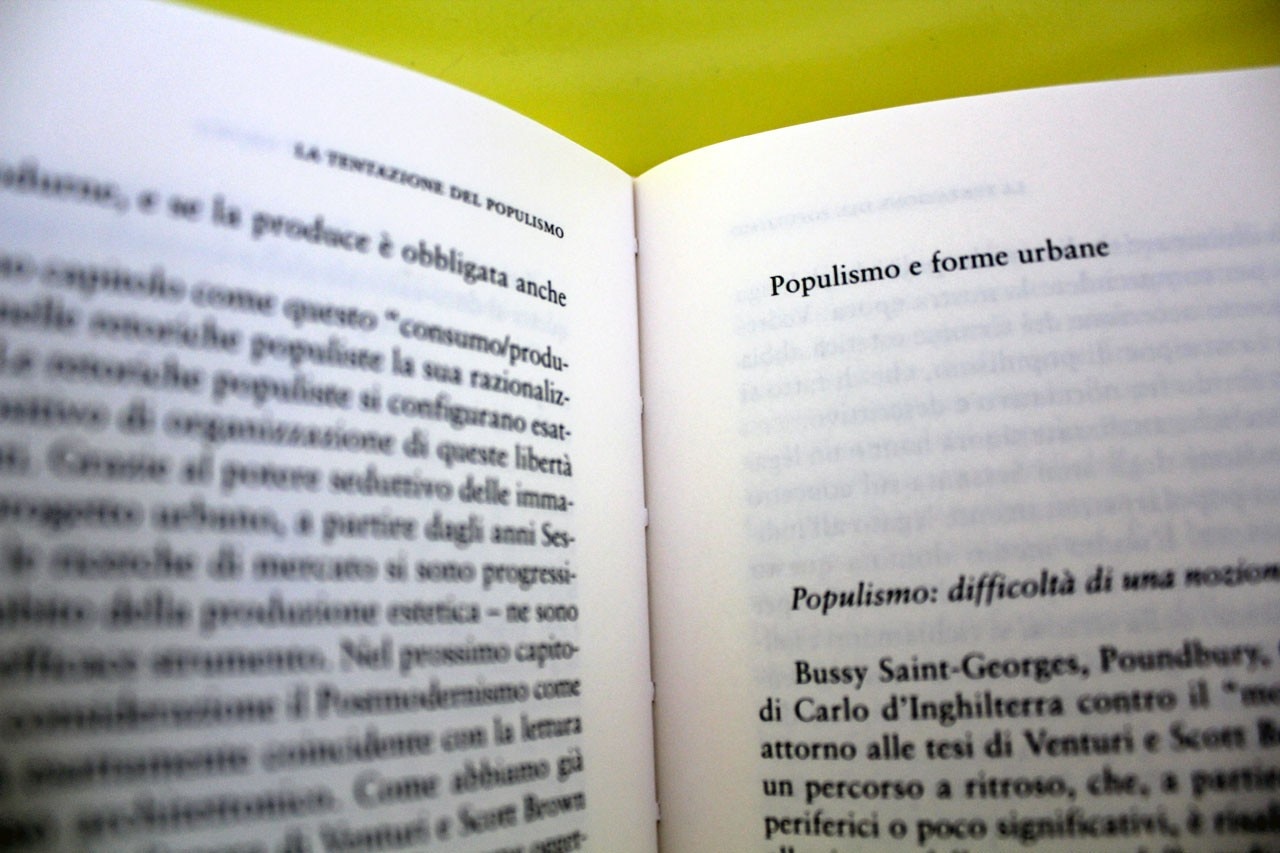
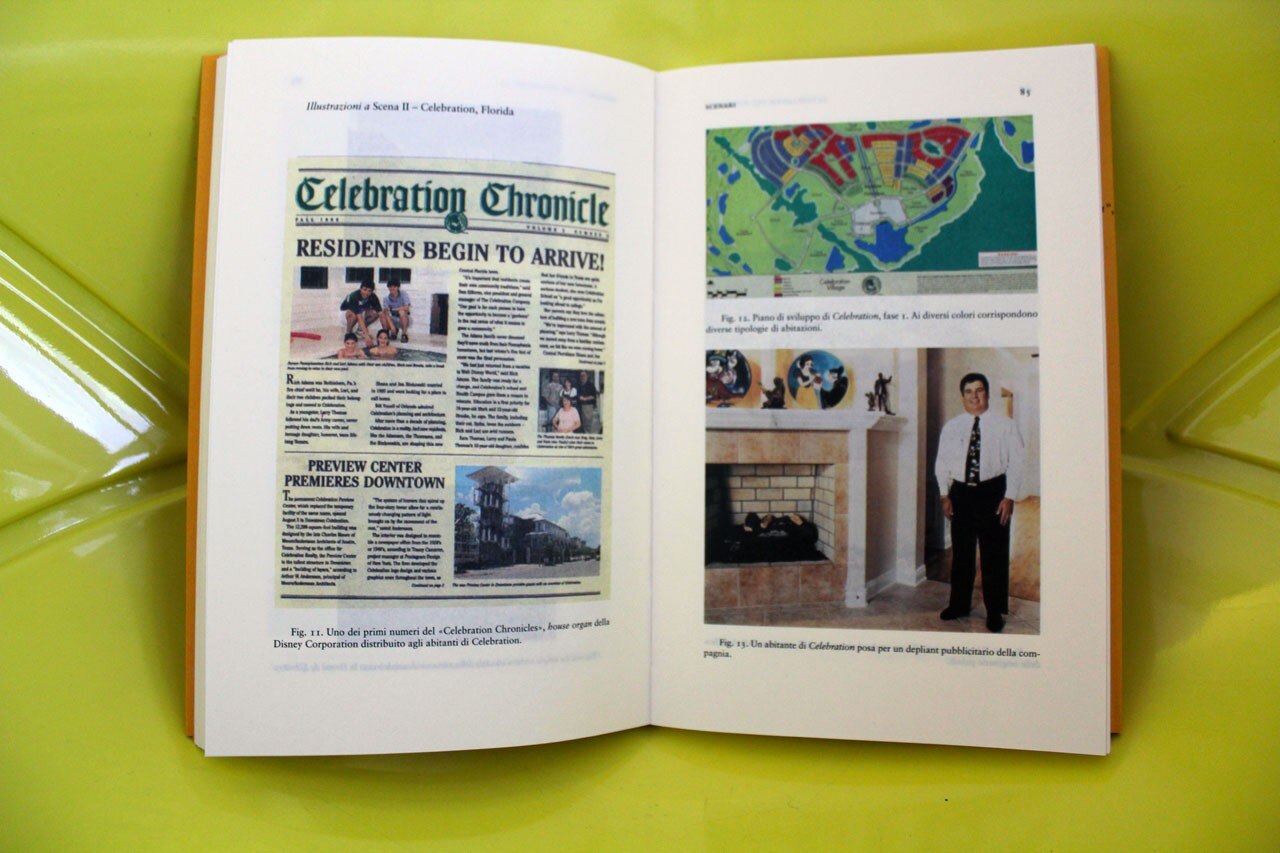
In his book, Ferrari is mainly concerned with architecture as a form of discourse rather than in the act of building per se.
If the first case study (Bussy) is very well researched and documented, the second (Celebration) and to a certain extent the third (Poundbury) seems to reuse already published material and we regret that the author haven’t made further research into American archives. However, this leads to the study of Celebration being, perhaps less informative and more interpretative in scope.
The second section of the book is heavier and much more theoretical: it really aims at explaining the genesis of populism, starting from the architectural discourse and moving on to a more general history of ideas. In this section, Ferrari begins by revisiting the anti modern polemic through the paradigmatic example of the glorification, in the early 1970s, of the ordinary by Robert Venturi and Denise Scott Brown. Ferrari writes: “The polemic of Prince Charles against modern establishment and the operations of Bussy Saint-Georges, Poundbury and Celebration wouldn't have exist without the cultural revolution of the 1960s, from which the theoretical corpus of Venturi and Scott Brown can be considered paradigmatic.” Following that is a more general chapter on populism and urban forms in which the author seems to have concentrated all (and perhaps sometimes too much) of his theoretical background.
